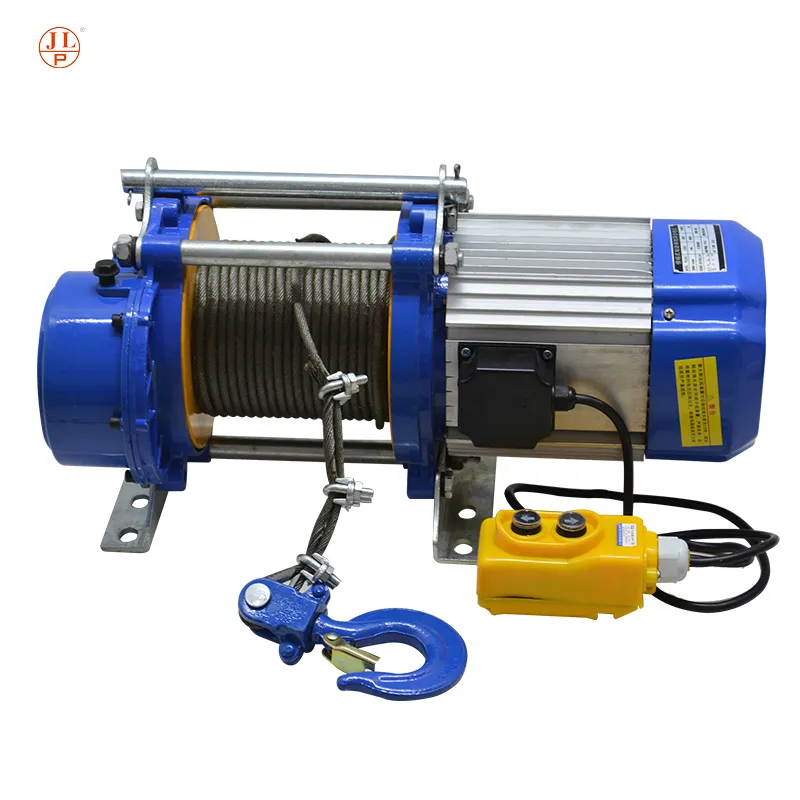


Understanding Chain Pulley Blocks Mechanisms of Lifting Efficiency
Chain pulley blocks, often referred to simply as hoists, are essential mechanical devices widely used for lifting and moving heavy loads with minimal effort. These tools utilize a system of pulleys and chains to provide a mechanical advantage, making it easier to lift formidable weights than it would be to do so manually. In this article, we will explore the construction, functioning, and applications of chain pulley blocks, highlighting their significance in various industries.
Construction and Components
A typical chain pulley block consists of several primary components the casing, the sheaves (pulleys), the chain, and the hook. The casing is the outer shell that protects the internal mechanisms and provides durability. Inside, the sheaves rotate on bearings, allowing the chain to smoothly travel through them. The chain, usually made of high-strength steel, runs through the sheaves and is attached to the load at one end, while the other end is pulled to lift the load. Lastly, the hook is the attachment point where the load is secured, ensuring safety during lifting operations.
How It Works
The operation of a chain pulley block is relatively straightforward. When the operator pulls on the chain, it moves through the pulleys, which are designed to distribute the load's weight evenly and reduce the amount of force required to lift it. This system of mechanical advantage means that for every pull of the chain, the load is raised significantly with less physical effort. A common ratio in chain pulley blocks is 18 or even higher, meaning that slightly pulling the chain can lift a load up to eight times its weight. This efficiency is why chain pulley blocks are indispensable in construction, maintenance, and various industrial processes.

Applications
Chain pulley blocks are versatile tools used across a wide range of applications. In construction, they are commonly employed to lift heavy materials such as steel beams, concrete blocks, and equipment. They are also found in manufacturing plants where large parts need to be moved efficiently, and in warehouses for loading and unloading goods. Additionally, in automotive repair shops, chain pulley blocks help mechanics with engine lifts and other heavy components, ensuring safety and precision.
Safety Considerations
While chain pulley blocks offer great advantages, safety must always be a priority. It is crucial to use the right type of hoist for the weight being lifted and to inspect the equipment regularly for wear and tear. Operators should be trained on proper lifting techniques and must always follow the manufacturer's guidelines to avoid accidents.
Conclusion
In summary, chain pulley blocks are invaluable tools that enhance lifting efficiency in numerous industries. With their simple yet effective design, they allow for the safe and effective handling of heavy loads, contributing to improved productivity and safety in the workplace. As technology advances, the design and materials used in chain pulley blocks continue to evolve, promising even greater performance and safety for users across various sectors. Whether in construction, manufacturing, or maintenance, the importance of understanding and utilizing chain pulley blocks cannot be overstated.



